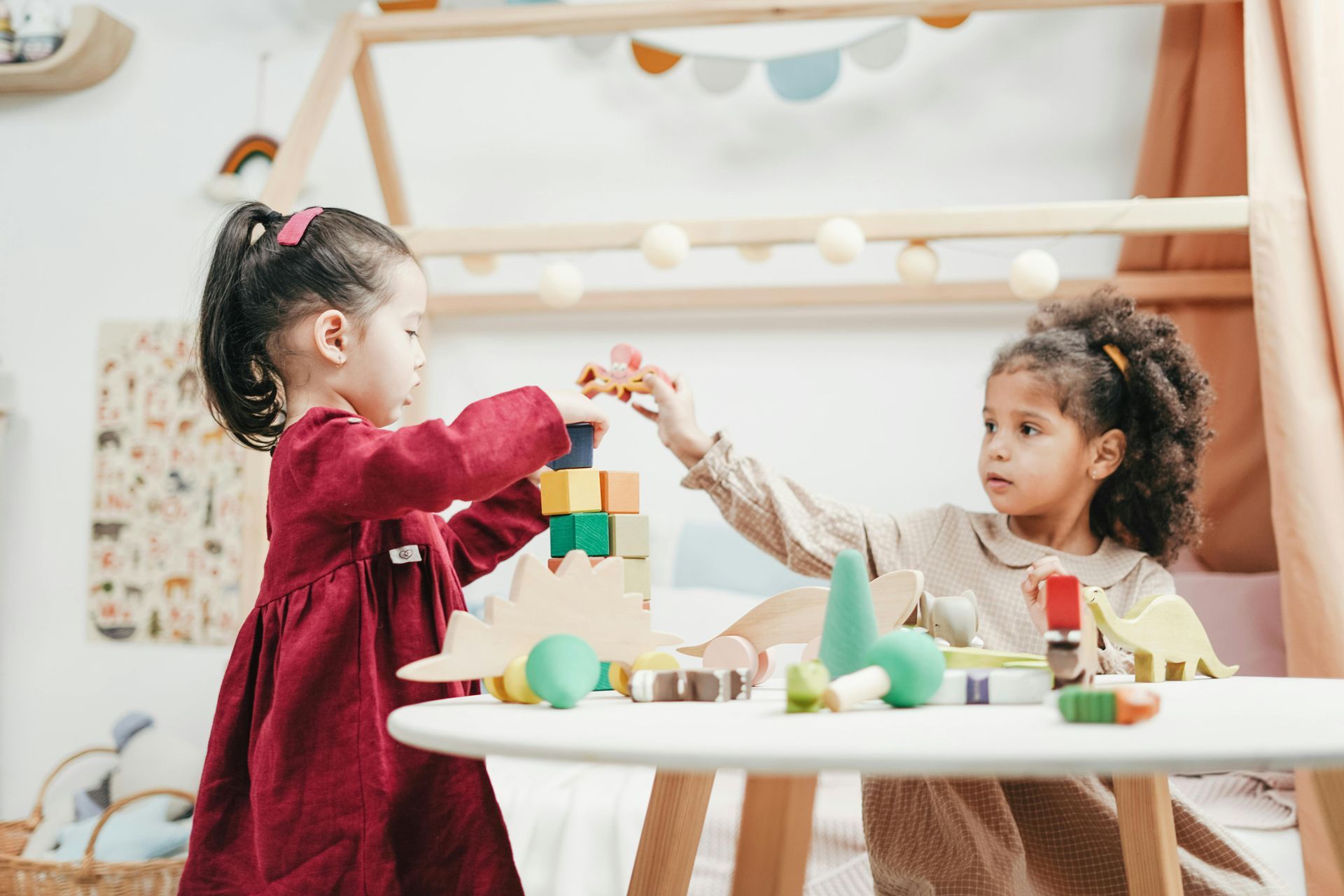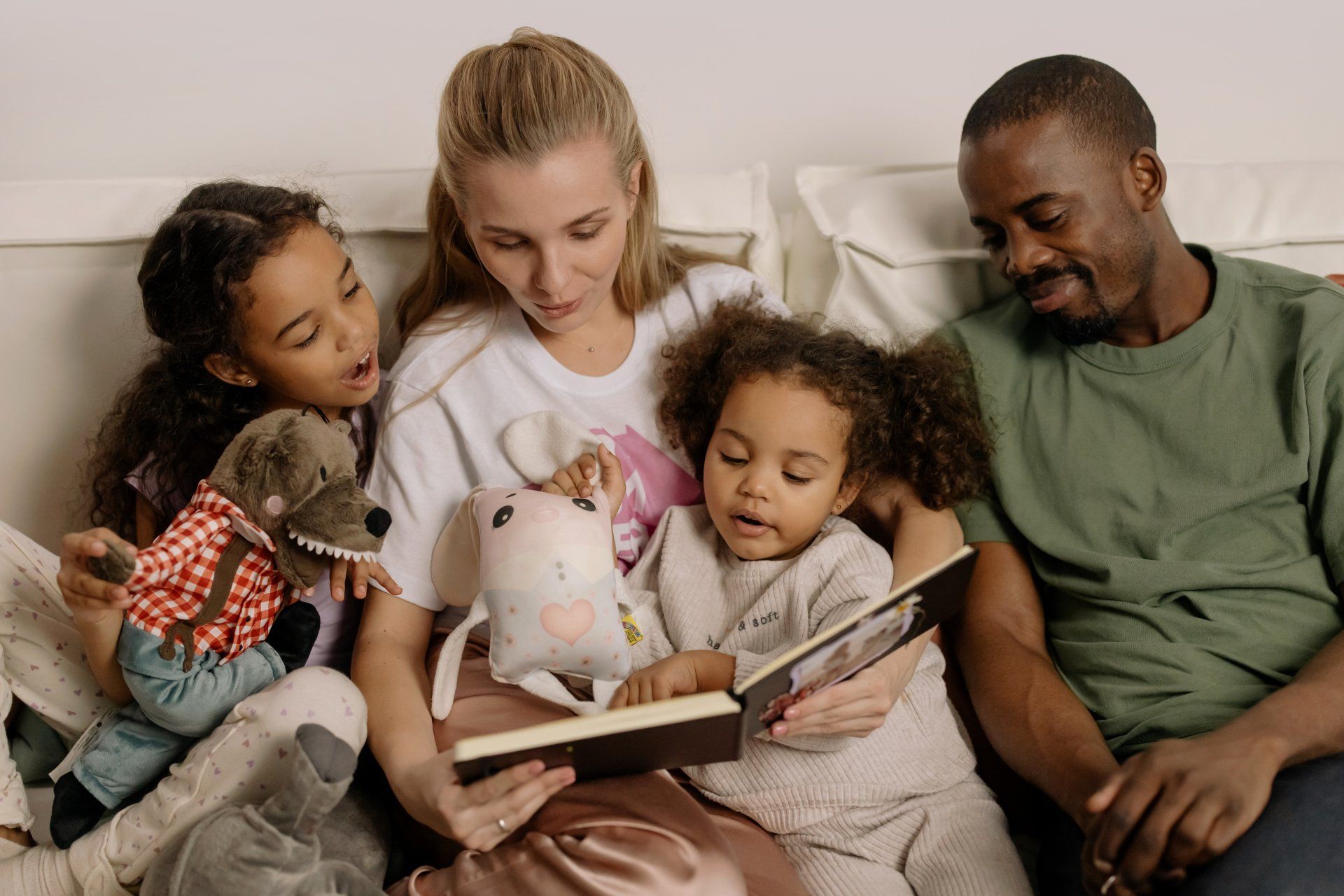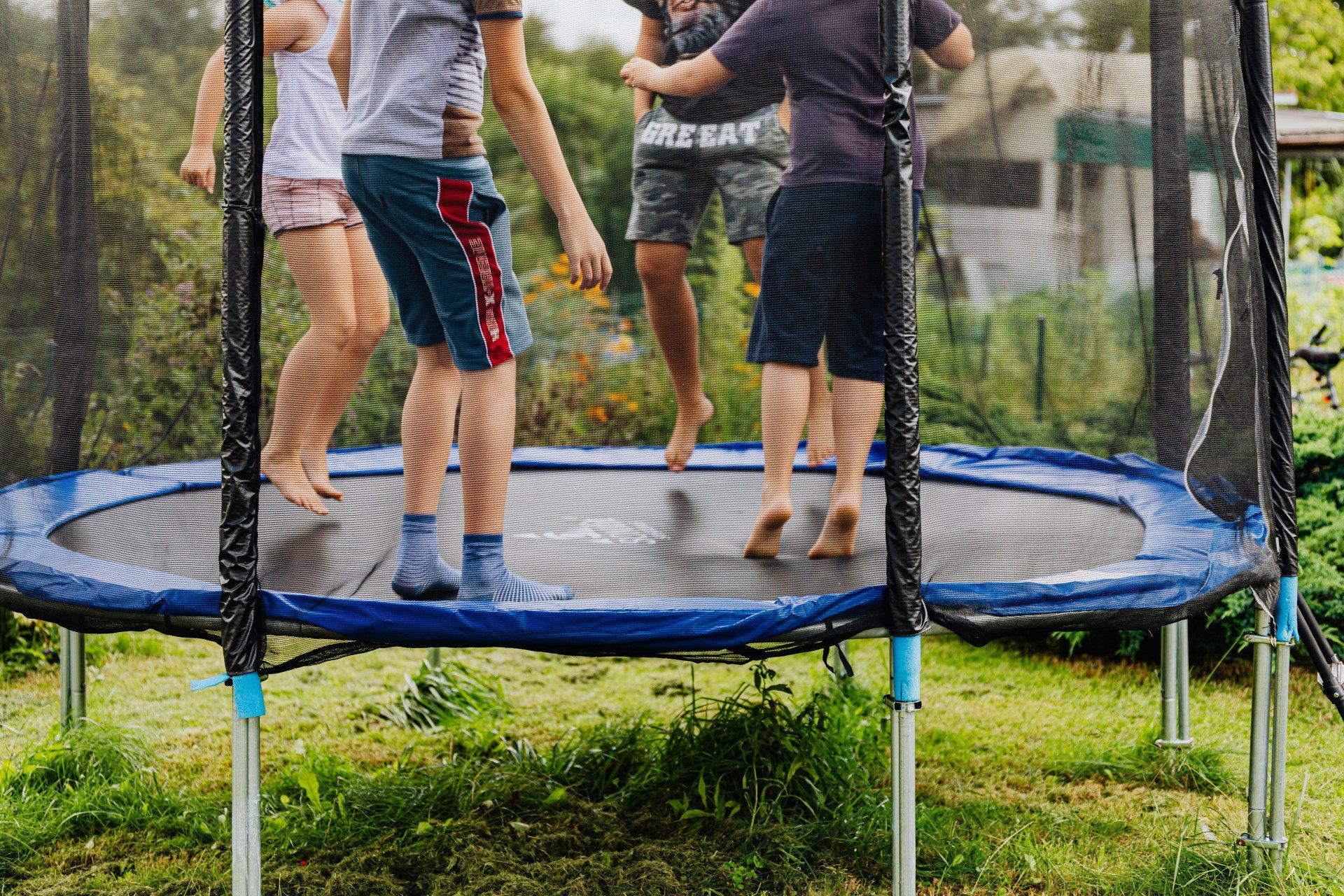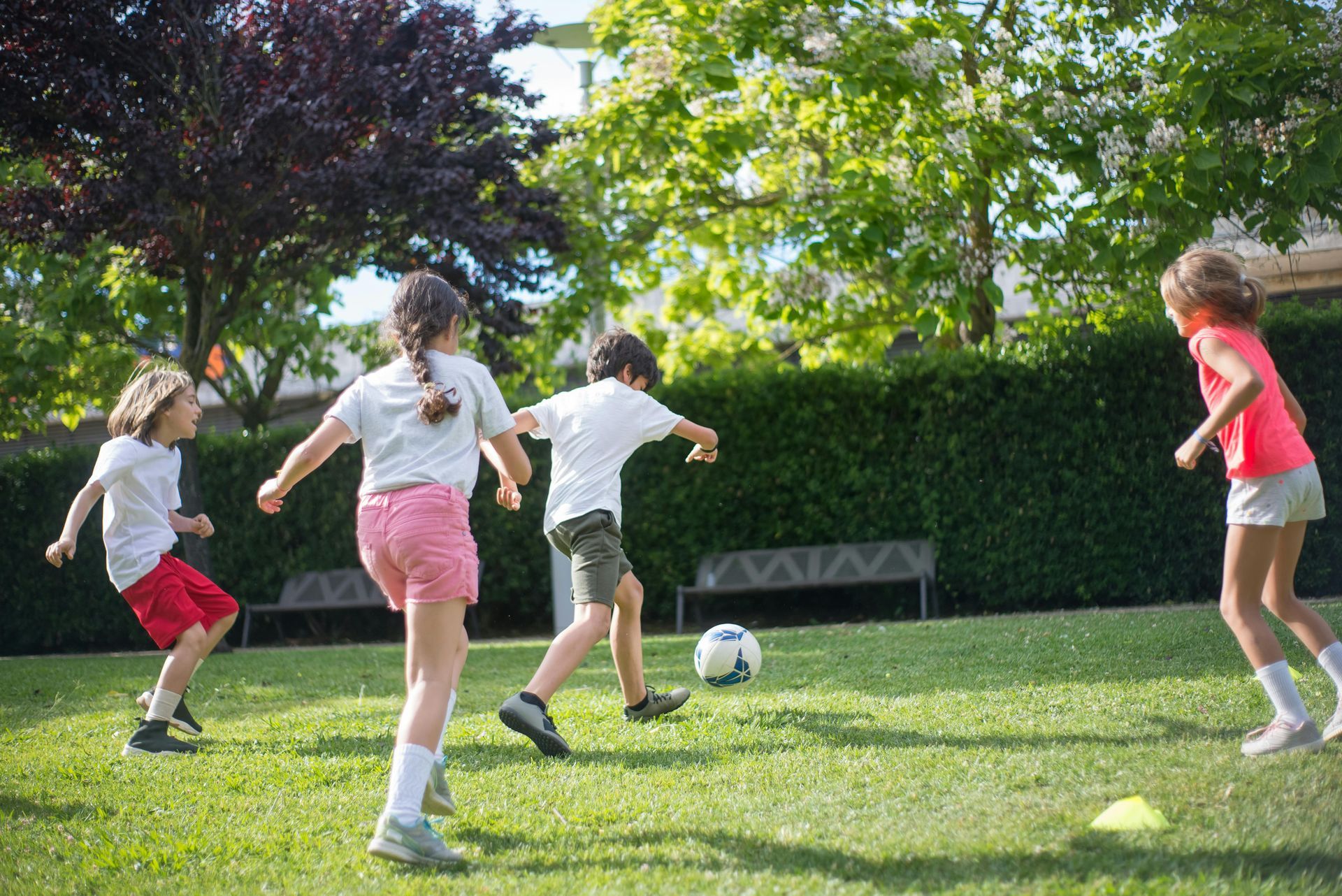Is My Toddler Ready for Toilet Training?
Potty training often feels like one of the biggest—and most intimidating—milestones in a toddler’s life. Parents are left wondering: Is it too soon? How do I know if my child is ready? What if they resist?
The truth is, there’s no one-size-fits-all approach. Some children take to it quickly, while others need more time. And for kids with autism, the path to readiness may look even more unique.
The encouraging news? When you begin toilet training at the right moment—when your child shows genuine signs of being ready—you’re laying the foundation for success.
This is the first part in our series on potty training, to read the other articles in our series:
Why Toilet Training Can Be Different for Children with Autism
Toilet training challenges often stem from the unique ways children with autism experience the world. Some of the most common reasons include:
- Communication differences: A child may not have the words—or the confidence—to tell you they need to use the potty.
- Sensory sensitivities: Toilets can be loud, bright, cold, or otherwise overwhelming. Even the flush or bathroom smells may be upsetting.
- Rigid routines: Many children with autism thrive on predictability. Introducing a new activity like toilet training can feel like a major disruption.
- Difficulty generalizing skills: Even once a child learns to use the potty at home, they may struggle to do so in new places (like school or a grandparent’s house).
Recognizing these challenges is the first step toward supporting your child with compassion and effective strategies. It's also important to recognize two potential barriers to potty training:
- Caregiver readiness: Toilet training a child with autism takes time and consistency. Parents, caregivers, and teachers should use the same language, visuals, and rewards so the child has a predictable routine. Progress may be slow—patience and flexibility are essential.
- Medical readiness: Check for health issues like constipation or UTIs, which are more common in children with autism and can delay training. If your child has pain, straining, or irregular bowel movements, consult your pediatrician first.
Step 1: Build Readiness Skills First
Before diving into full toilet training, many children with autism benefit from practicing pre-skills that set them up for success:
- Sitting calmly on the potty chair—even fully clothed.
- Walking into the bathroom without distress.
- Practicing pulling pants up and down.
- Washing hands as part of a fun routine.
These small steps reduce fear, build comfort, and make toilet training less overwhelming later.
💡 Tip: Pair these pre-skills with rewards (praise, stickers, or a short video) so your child starts to associate the bathroom with positive experiences.
Step 2: Use Visual Supports
Children with autism often respond well to visual cues, which make routines predictable and easier to understand. Some tools you can try to include:
- Visual schedules: Pictures that show each step (pants down → sit on potty → wipe → flush → wash hands).
- Social stories: Short, personalized stories that explain what happens during potty time in a positive, reassuring way.
- Timers: Visual or auditory timers can signal when it’s time to try the potty.
Step 3: Reinforce, Reinforce, Reinforce
Positive reinforcement is the cornerstone of ABA and one of the most effective toilet training strategies. Reward your child immediately after each success—even small ones.
Examples of reinforcers include:
- Verbal praise (“Great job sitting on the potty!”).
- Stickers or tokens to earn a bigger prize.
- Access to a favorite toy or activity.
Consistency matters. Over time, these rewards build motivation and help your child connect toileting with positive outcomes. (Read ABA Basics for Parents
here)
Step 4: Create a Consistent Routine
Many children with autism thrive on schedules. Try these routine-building tips:
- Regular potty times: Offer bathroom breaks every 30–60 minutes.
- Transition cues: Use the same words or visuals each time you say it’s potty time.
- Consistency across environments: Share the routine with teachers, grandparents, and babysitters.
🧩 ABA therapists often work directly with families to create individualized routines and train everyone involved, so the child receives consistent support across settings.
Step 5: Address Common Challenges
Even with preparation, you may face obstacles. Here are some common ones—and strategies to try:
- Fear of flushing: Let your child leave the bathroom before flushing, or use a quieter potty chair first.
- Refusal to sit: Start with very short sitting times and gradually build up, using reinforcement.
- Accidents: Stay calm, avoid punishment, and simply guide your child back to the bathroom.
- Nighttime training: Remember that staying dry overnight is often a developmental milestone that comes later. Use protective bedding and focus first on daytime success.
Step 6: Track Progress with Data
ABA providers often use data tracking to identify patterns such as:
- When accidents happen (time of day, activity).
- How long your child can stay dry.
- How often reinforcement is needed.
You can do this at home, too. Keeping a simple chart helps you see progress, even when it feels slow day-to-day.
How ABA Can Help with Toilet Training
At Vilij ABA, our ABA team uses evidence-based strategies to support children and families through toilet training. Here’s how:
- Individualized plans: Every child is different, so we create step-by-step programs based on your child’s skills and needs.
- Collaboration with parents: We train parents to use ABA strategies at home so progress continues outside sessions.
- Compassionate support: We celebrate small wins and encourage persistence, reducing frustration for both parents and children.
- Generalization: ABA therapists help children apply toileting skills at home, school, and in the community.
When to Seek Extra Help
Toilet training is a marathon, not a sprint. If you’ve been trying for months without progress, if meltdowns are frequent, or if your child shows high distress, it may be time to ask for professional help. ABA therapy can give you the tools and support you need to make toilet training less stressful and more successful.
You’re Not Alone
Toilet training a toddler with autism can feel daunting, but you don’t have to go through it alone. With patience, consistency, and the right strategies, your child can achieve this important milestone. And when you’re ready for extra guidance, our team at Vilij ABA is here to help.
Helpful Resources for Parents
Here are some trusted links you can include for credibility:
Mayo Clinic - Toilet Training Tips
Autism Speaks –
Toilet Training Toolkit
HealthyChildren.org –
Toilet Training for Children with Special Needs
Accountability | Integrity | Empathy | Collaboration










